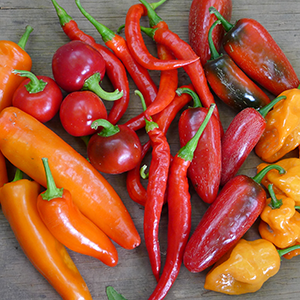
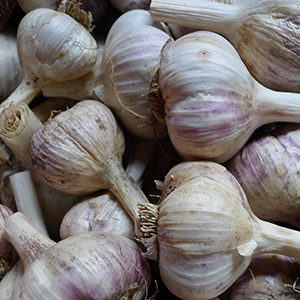
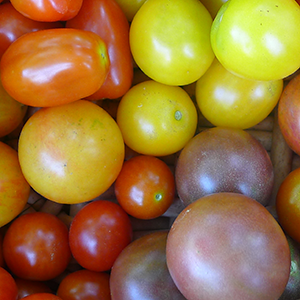

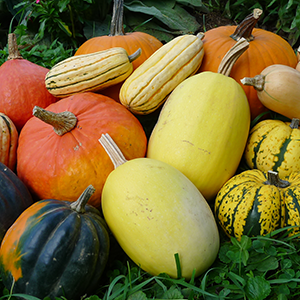
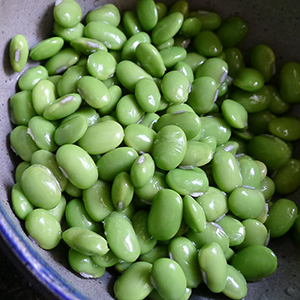
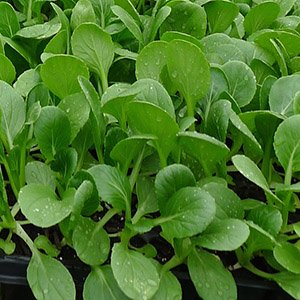



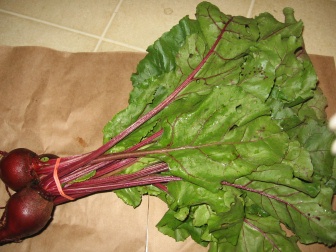
Don't peel beets until after cooking. When bruised or pierced, beets bleed, losing some of their vibrant color and turning a duller brownish red. To minimize bleeding, wash beets gently under cool running water, taking care not to tear the skin since this tough outer layer helps keep most of beets' pigments inside the vegetable. To prevent bleeding when boiling beets, leave them whole with their root ends and one inch of stem attached.
Beets' color can be modified during cooking. Adding an acidic ingredient such as lemon juice or vinegar to the water when boiling beets will brighten the color while an alkaline substance such as baking soda will often cause them to turn a deeper purple. Salt will blunt beets' color, so add only at the end of cooking if needed.
Beets are wonderful roasted -- beets contain a lot of sugar and they carmelize when roasted making them almost sweet.
Simply grate raw beets for a delicious and colorful addition to salads or decorative garnish for soups. Add chunks of beet when roasting vegetables in the oven. Serving homemade vegetable juice? A quarter of a beet will turn any green drink into a sweet pink concoction, pleasing both the eyes and the taste buds. Beet greens can be used in place of greens in most recipes. Marinate steamed beets in fresh lemon juice, olive oil, and fresh herbs.
A wonderful salad using beets can be easily prepared by whisking together 2 parts canola oil to 1 part rice wine vinegar, a bit of Dijon mustard, chopped fresh tarragon, chopped chives or scallions, salt, pepper, and a sprinkling of toasted pecans or walnuts, and feta cheese.

